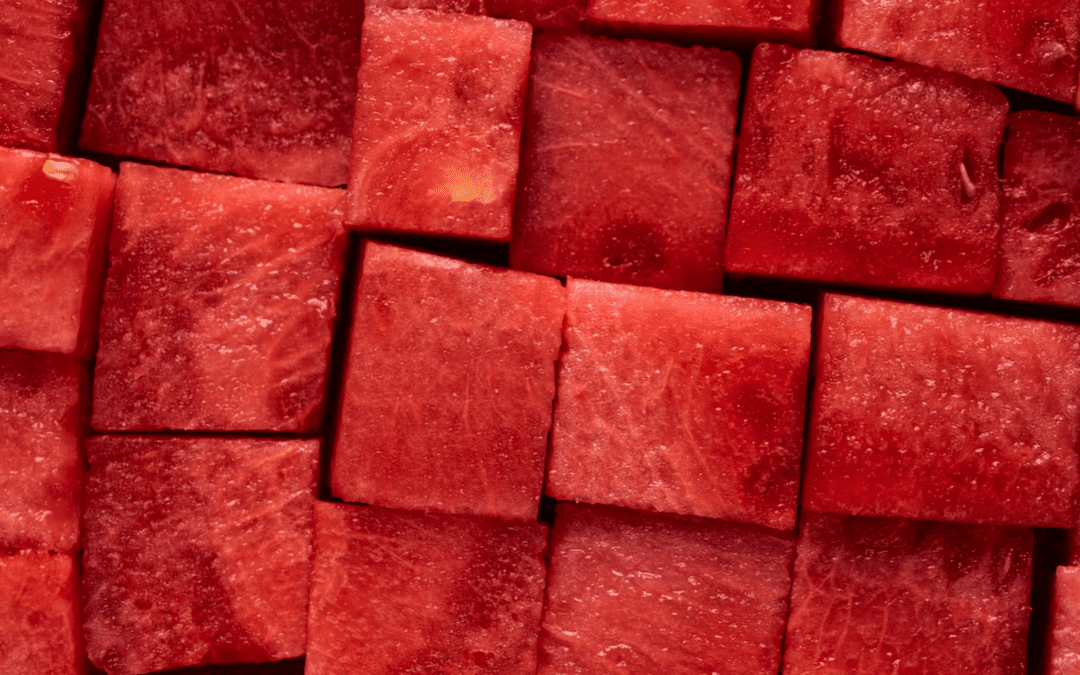Rojo 3
Siempre es más atractivo si está teñido. Especialmente el rojo, la pasión, la lujuria, y normalmente lo asociamos con las fresas, lo que facilita que las empresas nos vendan sus productos. Convierten mezclas poco atractivas de ingredientes aleatorios en “comida” que quieres comprar. El rojo #1 fue prohibido, el #2 y el #4 también fueron prohibidos poco después. ¿Pero qué pasa con el rojo #3? ¿Es realmente seguro? Habíamos hablado de los efectos sobre el TDAH, pero ¿qué pasa con todas las afirmaciones sobre el cáncer?
El rojo 3 se ha relacionado con el cáncer de tiroides, y la FDA ha tratado de prohibirlo desde 1985, pero las industrias han encontrado una manera de mantenerlo legal. Han pasado 20 años y es probable que siga en su estantería. Algunas personas argumentan que estas pruebas se hicieron en ratas y que los humanos nunca estarían expuestos a estas cantidades del tinte, por lo que no presentaría un daño para los seres humanos.
Se aconseja, como siempre, leer las etiquetas, no dejarse engañar por la fachada y saber lo que se está poniendo en el torrente sanguíneo. Y aunque mucha gente afirma que no es perjudicial, lo mejor es evitar este ingrediente. Escoge los alimentos enteros en lugar de los envasados, si se te antojan los chupetes con sabor a cereza, la opción más acertada será siempre, comprar cerezas normales.
Red 3
It’s always more appealing if it’s dyed. Especially red, passion, lust, and usually we associate it with strawberries, making it easier for companies to sell their products to us. They turn unattractive mixtures of random ingredients into “food” you want to buy. Red #1 was banned, #2 and #4 were also banned shortly after. But what about red #3? Is it actually safe? We had discussed the effects on ADHD, but what about all the cancer claims?
Red 3 has been linked to thyroid cancer, and the FDA has tried to ban it since 1985 but industries have found a way to keep it legal. It’s been 20 years and it’s probably still con your shelf. Some people argue these test were done on rats and humans would never be exposed to these quantities of the dye, therefore it would not present a harm to human beings.
It is advised to, as usual, read labels, don’t be fooled by the front and know what you’re putting into your bloodstream. And while a lot of people claim it’s not harmful, its best to avoid this ingredient. Choose whole foods over packaged ones, if you are craving cherry flavoured dummies, the bets option will always be, buying normal cherries.

